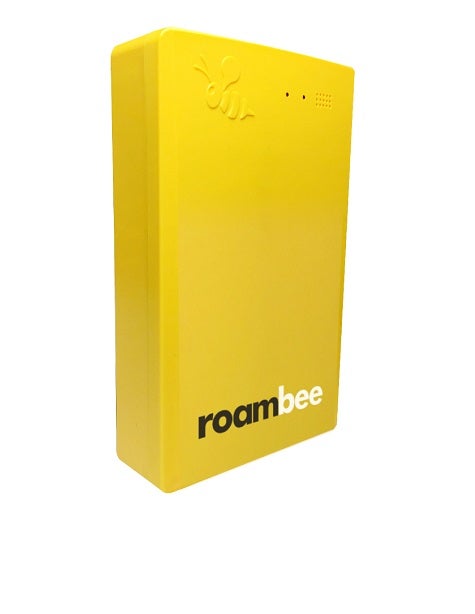SAP and Deutsche Telekom announced at the Mobile World Congress 2018 conference a joint effort to re-engineer supply chains using their respective technologies.
Under the terms of the alliance, SAP is integrating the application programming interfaces it exposes with Internet of Things (IoT) devices from Roambee Corp. that can be attached to the carrier’s wireless networks. Deutsche Telekom (DT) is a reseller of Roambee IoT devices and holds an equity stake in Roambee.
Nils Herzberg, senior vice president for IoT for SAP, says the non-exclusive alliance makes extensive use of the SAP Leonardo framework for building custom IoT applications that integrate with SAP S/4 HANA ERP applications. Creating IoT applications still requires a fair amount of manual effort. The joint project between SAP and DT is intended to reduce that effort at a time when organizations are looking to digitize their supply chains.
For example, a shipping company might make use of Roambee hardware devices that can sense temperature changes or movement to reduce spoilage or deter theft.
Longer term, Herzberg says, SAP is committed to simplifying that goal using standard APIs that would make it possible to build a software development kit (SDK) for each type of IoT device in much the same way there are SDKs for mobile computing platforms. But such a capability will require more time for IoT devices to become more intelligent.
“Today we still live in a world full of stupid devices connected to the internet,” says Herzberg.
Obviously, SAP and DT are not the only two IT vendors with similar IoT ambitions. There’s a race involving every major IT vendor to connect IoT devices to enterprise applications on an end-to-end basis. Once connected, those IoT devices will form the foundation of a digital supply chain that promises to sharply reduce the amount of stock required to be stored in a warehouse. In fact, digital supply chains should reduce the need for physical warehouses to store parts and ingredients that might not be needed for weeks or even months.
While that may still take months to years to accomplish, organizations that have not already begun to transition to digital supply chains are already in danger of extinction. After all, once a supply chain becomes digital, existing competitors not only become more agile; there are likely to be many more of them as the cost of entering a specific vertical industry segment continues to drop.



